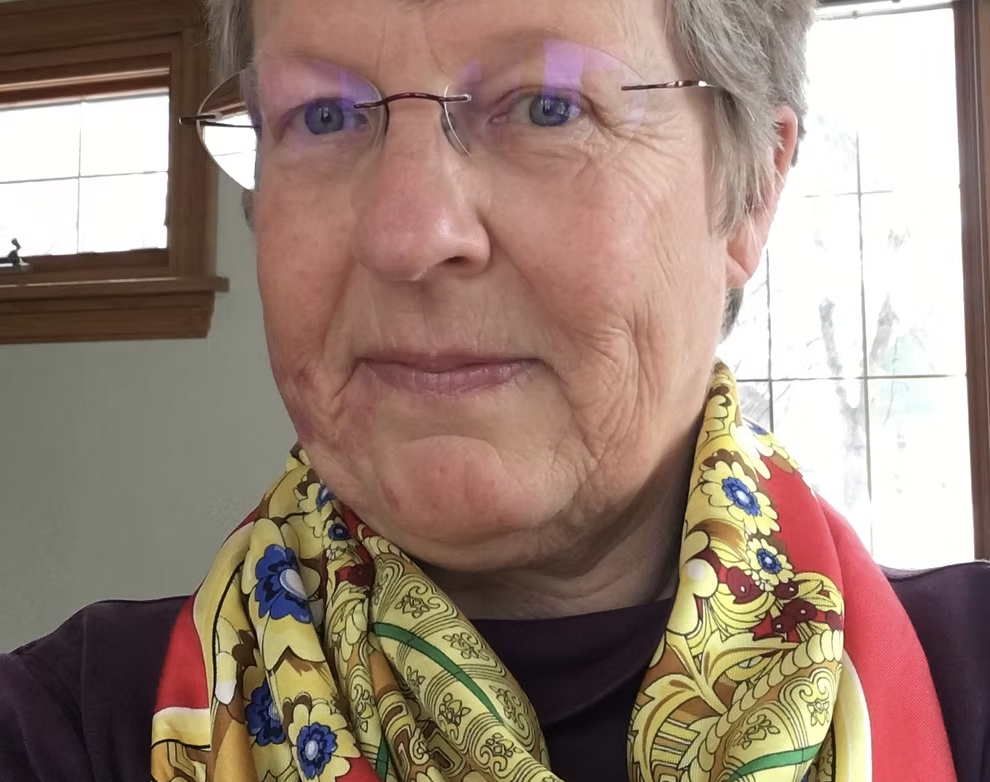In her essay, “Giving Up the Fight” (Nonfiction, Intima, Spring 2023), Rebecca Stanfel tells the story of her experience living with sarcoidosis. She was the mother of a young child when the disease arose and was frequently incapacitated by pain, vertigo, and fatigue, as well as by lengthy hospitalizations. One doctor told her she might “drop dead at any moment.”
“Leaving my homeland means carrying these uncertainties with the knowledge that a phone call, an email, a single test result can change the shape of a life we thought we knew. But like sea glass, we are shaped by what we endure, softened by time, and held together by the stories we share across miles and years.”
The “estranged daughter from California” is an expression used by MAiD practitioners to describe that relative who shows up to rail against the dying person’s wishes to end their life.
“We don't control what happens to our bodies, but we do control how we respond. How we adorn. And how we move through the world.”
“As I move through my clinic days now, the challenge is not so much in knowing what to do; it is in managing the moments of not knowing.”
“In all instances, there are two words that encapsulate what good and bad omens share: Why not? Why not be cautious when my gut makes my hair stand at attention, and why not hope when there is nothing but hoping to do?”
“I am well practiced at stuffing feelings aside until later—or until never—in favor of being less late for the next child and family.”
“Living with metastatic breast cancer…I dance, practice yoga, walk, parent my children, show up at school events, go on dates with my husband, and enjoy a glass of wine. So when I tell people that I will be in treatment for the rest of my life…they are incredulous.”










“How can people in our country be convinced it is right to share our bounty with the world’s less fortunate?”